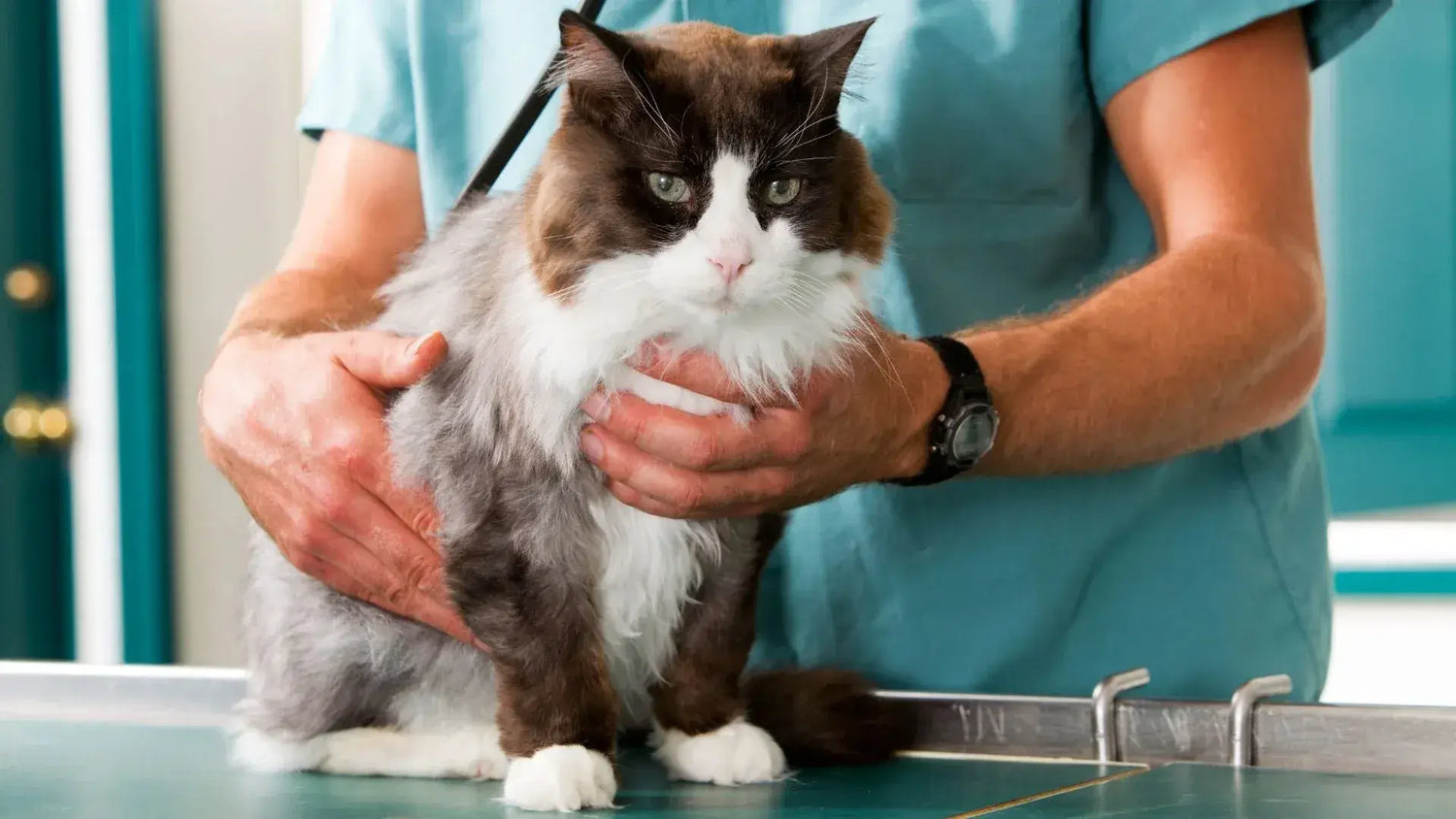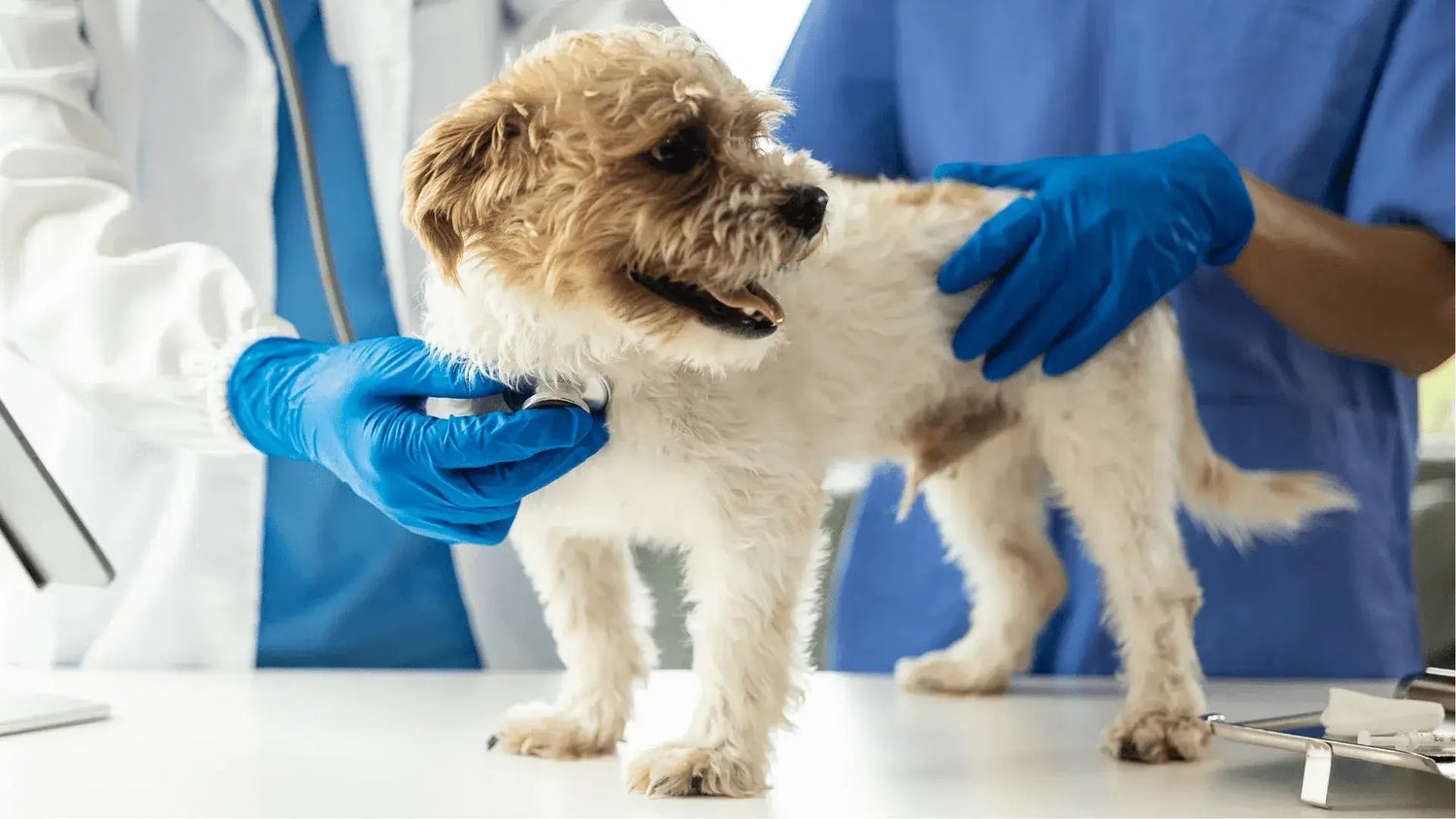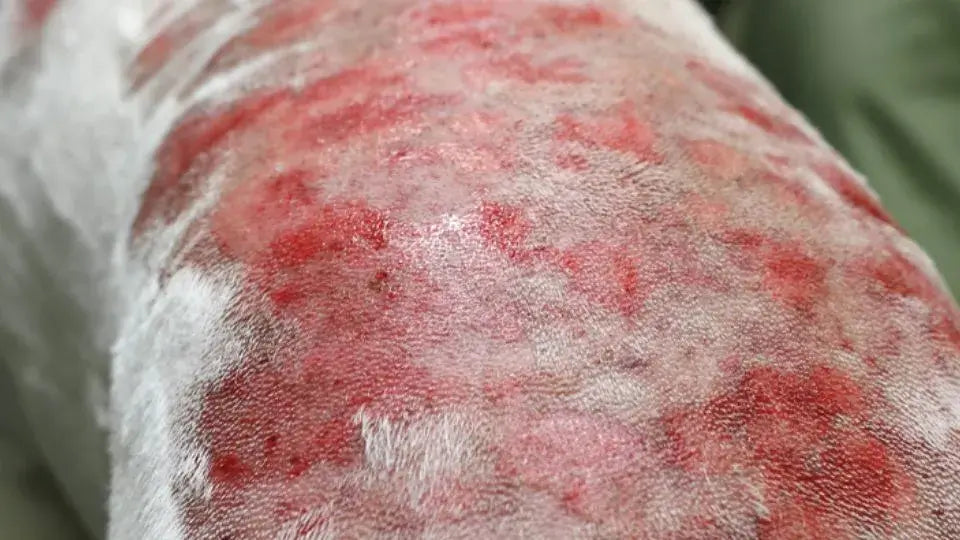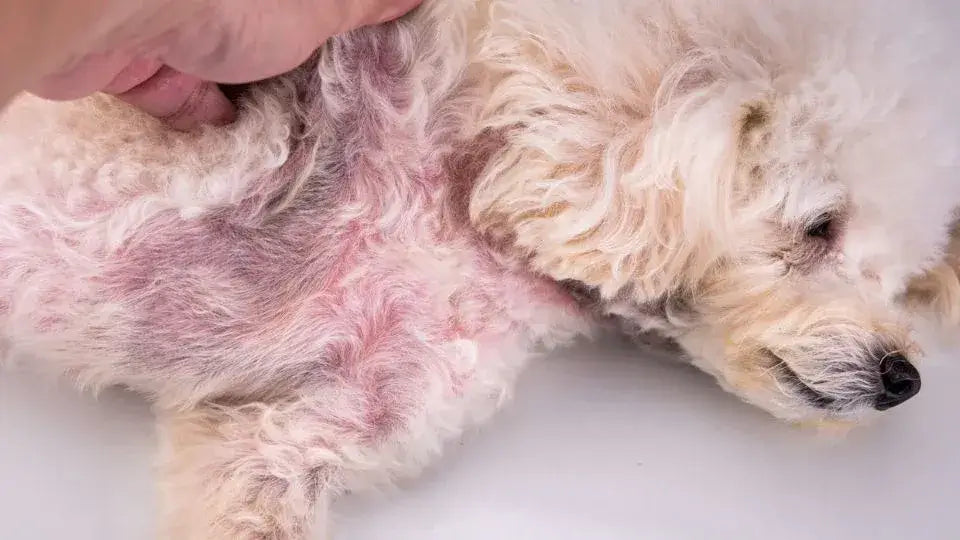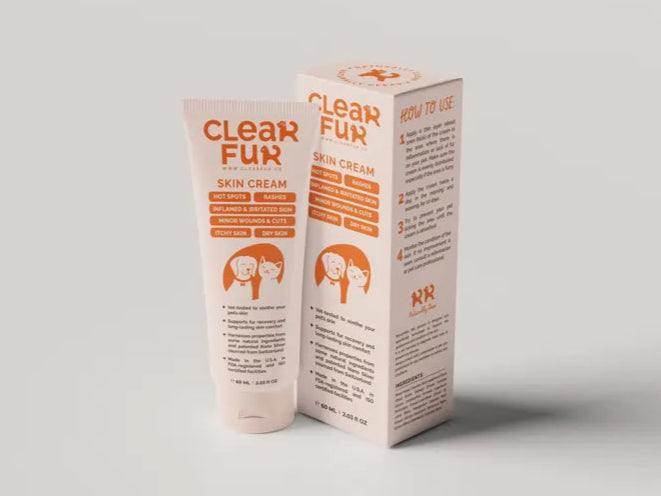Introduction
Recognizing and diagnosing hot spots in dogs is crucial for timely and effective treatment. In this blog post, we'll guide you through the signs of hot spots, how to diagnose them, and the steps you can take to ensure your dog's speedy recovery.
Signs of Hot Spots
Hot spots, or acute moist dermatitis, appear as red, inflamed, and moist areas on your dog's skin. Common signs include:
- Excessive Licking or Chewing: Dogs often lick or chew the affected area due to intense itching.
- Red and Inflamed Skin: The skin around the hot spot becomes red, swollen, and warm to the touch.
- Hair Loss: The fur around the hot spot may fall out or be easily pulled out.
- Oozing or Crusting: Hot spots can ooze pus or develop a crust as they heal.
- Foul Odor: The infected area may emit a foul smell due to bacterial infection.
Diagnosing Hot Spots
- Physical Examination: Inspect your dog's skin for any red, moist, and inflamed areas. Pay attention to areas where your dog is excessively licking or scratching.
- Consult Your Vet: If you suspect a hot spot, consult your veterinarian for a definitive diagnosis. Your vet can perform a thorough examination and recommend appropriate treatment.
- Underlying Causes: Identifying the underlying cause of the hot spot is crucial. Common causes include allergies, flea infestations, and skin irritations. Your vet can help determine the root cause and provide guidance on managing it.
Treatment Options
- Clean the Area: Gently clean the hot spot with a mild antiseptic solution to remove dirt and bacteria.
- Trim Surrounding Fur: Carefully trim the fur around the hot spot to prevent further irritation and allow the skin to breathe.
- Apply Medication: Use a hot spot cream for dogs, such as ClearFur Skin Cream, to soothe the skin and promote healing. ClearFur's natural ingredients and patented nano silver formula offer a fast-acting and effective solution.
- Prevent Licking and Scratching: Use an Elizabethan collar or protective clothing to prevent your dog from licking or scratching the hot spot.
- Follow-Up Care: Monitor the hot spot for signs of improvement. If it doesn't heal or worsens, seek veterinary advice for additional treatment options.
Conclusion
Recognizing and diagnosing hot spots in dogs is the first step toward effective treatment. By understanding the signs and consulting your vet, you can ensure your dog receives the best care possible. Using a specialized product like ClearFur Skin Cream can help speed up the healing process and provide relief for your furry friend.



